Search Images
Browse Content (p. 1708)
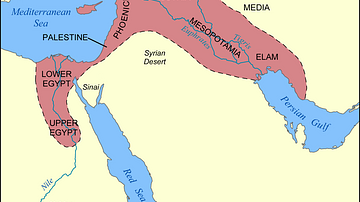
Image
Map of the Fertile Crescent
This map shows the location and extent of the Fertile Crescent, a region in the Middle East incorporating ancient Egypt; the Levant; and Mesopotamia.

Image
Threshing of Grain in Egypt
From the grave of Menna, the agricultural scribe of the Pharaoh. Scene: Threshing of grain. c. 1422-1411 BCE
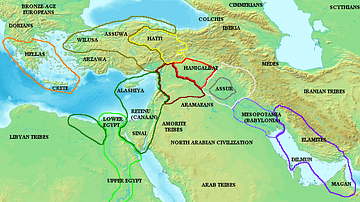
Image
Map of the ancient Near East during the Amarna Period
Map of the ancient Near East during the Amarna Period, showing the great powers of the period: Egypt (green), Hatti (yellow), the Kassite kingdom of Babylon (purple), Assyria (grey), and Mittani (red). Lighter areas show direct control, darker...
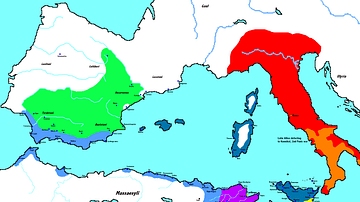
Image
Carthage during the Punic Wars
Map of the Carthaginian Empire and its losses during the Punic Wars.
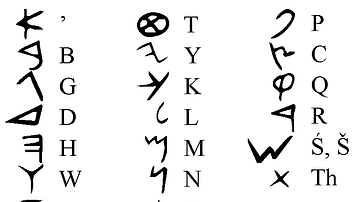
Image
Phoenician Alphabet
The Phoenician alphabet.
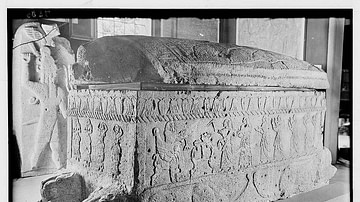
Image
Sarcophagus of Ahiram
The Sarcophagus of Ahiram, king of Byblos, bearing the oldest inscription of the Phoenician alphabet, which reads: "Coffin which Ittobaal, son of Ahiram, king of Byblos, made for Ahiram, his father, when he placed him in the 'house of...
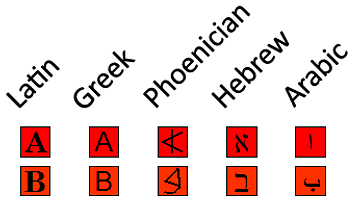
Image
Evolution of the Phoenician Alphabet
The Phoenician alphabet and its equivalents in four modern alphabets. From left to right: Latin, Greek, Phoenician, Hebrew, Arabic. Legend: In the middle column you'll find the original Phoenician letters, with their modern equivalents in...
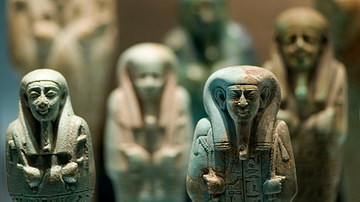
Image
Shabti Dolls
Shabti dolls from ancient Egypt. Shabti dolls were the surrogate workers for the deceased in the afterlife.
Rijksmuseum van Oudheden, Leiden.
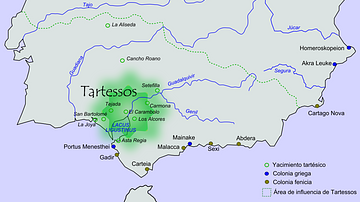
Image
Map of Tartessos with Phoenician and Greek colonies
A map of Tartessos, showing its sphere of influence, as well as Greek and Phoenician colonies in southern Spain.
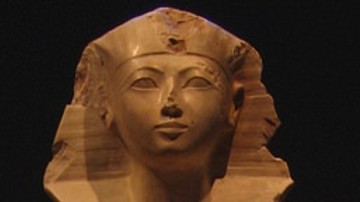
Image
Hatshepsut
Detail of Hatshepsut, Eighteenth dynasty of Egypt, c. 1473-1458 B.C. Indurated limestone sculpture at the Metropolitan Museum of Art, New York City. Hatshepsut is depicted in the clothing of a male king though with a feminine form. Inscriptions...